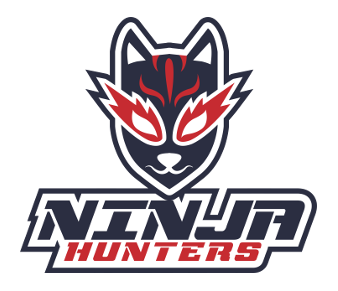The AI hiring process has infiltrated our daily lives, from voice-activated intelligent speakers like Google Home to the spam filter on our work emails. Depending on who you are talking to, AI will enable us to do our jobs better – or make them completely redundant. The reality is that AI transforms the nature of work but does not change the jobs to be done. The aspects that make us inherently human – critical reasoning, communication, and empathy – will still be vital attributes in the future of work.
If you give a computer a problem, it learns from its interactions with the problem to identify a solution faster than humans can. But, if you ask a computer to look at two paintings and say which is more interesting, it cannot. Unlike people, artificial intelligence is not able to think abstractly and emotionally.
By supplementing human intelligence and creativity with technology that reduces menial processes, there is an excellent opportunity to enable recruiters – not replace them. McKinsey’s research shows that over two-thirds of businesses (69%) believe AI brings value to their Human Resources function.
Here are three ways AI improves recruitment practices:
Reducing unconscious bias
People have an unintentional tendency to make decisions based on their underlying beliefs, experiences, and feelings—it’s how we make sense of the world around us. And recruiting is no different. There’s bias in something as straightforward as the words we choose.
Research shows that job descriptions that use descriptive words like “support” and “understanding” are biased towards female applicants, whereas “competitive” and “lead” are biased towards males. When we use these loaded words, we’re limiting the pool of candidates who will apply for an open role, making the recruiting process biased and affecting hiring outcomes. AI-enabled tools such as Textio can support recruiters in identifying the use of bias in role description wording. Removing these words and making descriptions neutral and inclusive can lead to 42% more applications.
Using AI, recruiters can remove tedious and time-consuming processes, so recruiters have more time to focus on engaging candidates as part of the assessment process.
XOR is an excellent example of this. The platform enables the pre-screening of applications, qualifications, and automatic interview scheduling. By taking out these tedious administrative tasks from a recruiter’s day, they can optimize their time to focus on finding the best fit for the role.
AI also helps create an engaging and personalized candidate experience. AI can be leveraged to nurture talent pools by serving relevant content to candidates based on their previous applications. At different stages of the process, AI can ask candidates qualifying questions, learn what types of roles they would be interested in, and serve them content that assists in their application.
But AI does have a different impact on the candidate experience depending on what stage it is implemented in the recruitment process. Some candidates prefer interacting with a chatbot at the start of the application process, as they feel more comfortable asking general questions such as salary and job location. For delivery firm Yodel, implementing chatbots at the initial stage of the application process decreased applicant drop-off rates. Now only 8% of applicants choose not to proceed with their application, compared to a previous drop-off rate of 50-60%.
Human interaction is highly valued when it comes to more meaningful discussions—such as how the role aligns with a candidate’s career goals and how they can progress within the company. Considering when and how you use AI to enhance the recruitment experience is key to getting the best results.
Identifying the best candidate for a role
At its core, recruitment is about finding the best person for a role. During the screening process, recruiters can use AI to identify critical candidates by mapping the traits and characteristics of previous high-performing employees in the same role to find a match. This means recruiters can fill open positions more quickly and ensure that new hires are prepared to contribute to their new workplace.
PredictiveHire is one of these tools. It uses AI to run the initial screening of job applications, making the process faster and more objective by pulling data and trends from a company’s previous high-performing employees and scanning against candidate applications. With 88% accuracy, PredictiveHire identifies the traits inherent to a company’s high performers so recruiters can progress them to the interview stage.
Undoubtedly, we will continue to see more exciting applications of the AI hiring process in the next few years. The talent search process can certainly be streamlined and improved by incorporating AI. For recruiters, it is about finding the right balance in marrying AI applications and human intelligence to make the hiring process what it should be—seamless and engaging.
By Rebeca Skilbeck

